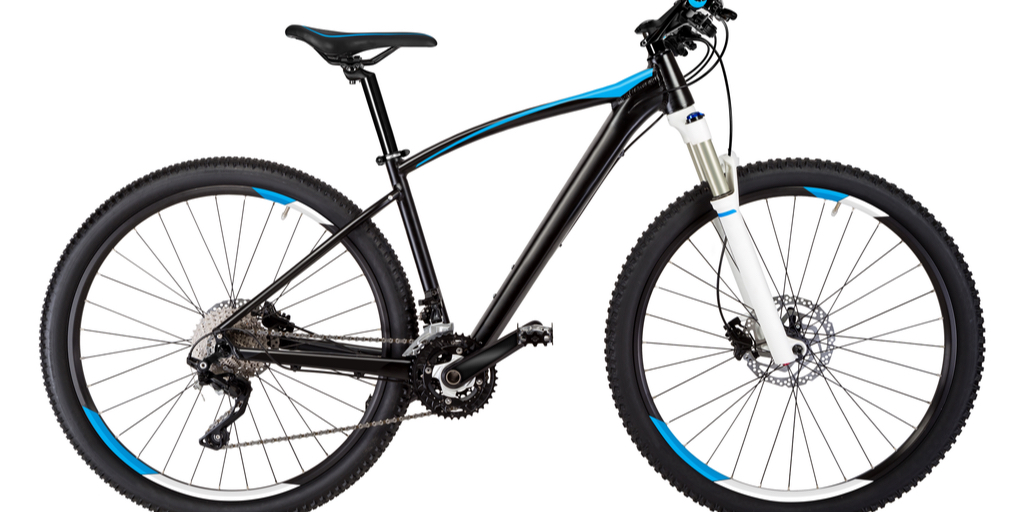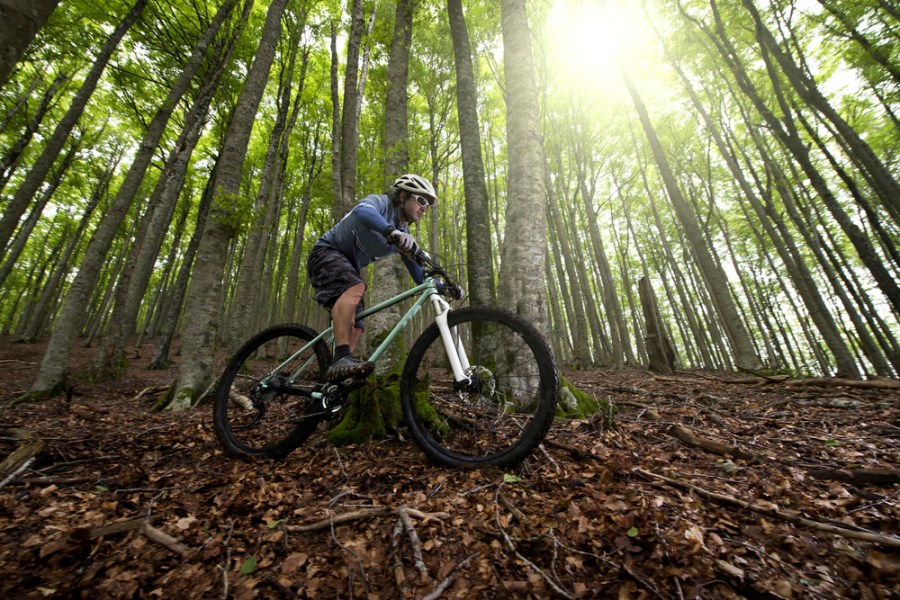Fancy swapping your road wheels for a mountain bike? Triathlete, PT and wellness coach Jeff Archer reveals how to make the transition
Mountain biking is a fantastic way to head off the beaten track, and there are plenty of opportunities to do this wherever you live. A mountain bike enables you to cover the full range of terrain and will help you push the boundaries of your fitness.
If you’re new to mountain biking you can begin with simple, undulating trails. As you become more experienced you can take on more technical terrain that will challenge your strength, stamina and riding skill. Depending on the time you have available you can pop out for a quick fitness-boosting loop close to home or, if the mood takes you, you can stock up with supplies and be gone all day.
Mountain biking basics
The first thing to do is research the type of mountain bike that best suits your requirements. Getting measured for the right size is step one and any good bike shop will help you with this. Next, it’s a question of weight. Generally, a lighter bike is preferable, but this may come at a cost so your chosen budget for a bike should be taken into consideration.
Then, think about what suspension system will suit you best. If you’re planning to get seriously off-road on very challenging terrain, front and rear suspension might be your best option for a smoother ride. Bear in mind though, that riding a full suspension bike can be more tiring, so you’ll need the option to fix the suspension.
Full suspension bikes can be more expensive as well, so if you think you’ll only need the rear suspension occasionally, it may not be worth the extra cost. If your plan is mostly for cross country riding with some hills, your best bet will probably be a hard tail bike – one with front suspension only. This will help smooth your ride without sapping the energy from your legs.
Another decision to be made is the type of brakes you choose. Disc brakes provide great stopping power in all weather conditions.

Disc brakes provide better stopping power in all conditions
Open to all abilities
One of the great things about mountain biking is that you can get started regardless of your level of fitness. Just be mindful to begin with some shorter rides, and gradually build up the time and distance that you cover.
It’s also a good idea to start on some simple terrain – even riding on the roads to kick off with – before moving on to trails, towpaths and hills. Even if it’s not that long since you’ve been cycling, your mountain bike might be quite different from any previous. Give yourself time to adjust to a new set up and, if you’re concerned, practice first in enclosed spaces away from any traffic.
Steady progress with the length and difficulty of your rides is also a good idea. Even if you already have a good, established level of fitness, it sometimes takes a short time for your fitness in running, swimming, gym or circuit workouts to translate across into cycling.
Riding a mountain bike is a fantastic cardio workout. The variety of terrain provides natural bursts of high-intensity training while at the same time improving your stability and balance, and providing functional strength training for your legs, butt, back, shoulders and arms.
If you’re a fan of spinning classes, you should find that you adapt to mountain biking pretty quickly. If you’re already a keen road cyclist and would like to try out something different, you can adapt your road bike for trails that aren’t too hilly by changing your wheels and/or tyres, but if you want to enjoy the full challenge of the mountains it’s best to invest in a bike built for this purpose. A mountain bike is more robust than a road bike and the riding position much more conducive to ever-changing terrain. This means you’ll ride more efficiently and have less risk of incurring aches and pains.
If you already ride regularly on the road, you’ll notice that the weight, geometry and thicker tyres of a mountain bike make the experience of riding feel quite different. Combine this with suspension and you might feel that riding a mountain bike is a lot tougher than a road bike.
Road bike vs. mountain bike

Mountain bikes typically have more flexible frames and more suspension
On a road bike, most of the effort when you push down on the pedals gets transmitted to the road via a light, stiff frame and thin tyres with relatively little surface area in contact with the ground. Mountain bikes can have more flexible frames and the suspension will mean that some of your pedalling efforts get lost along the way. Even before you consider how much more surface area of the tyres you have to move along the road or trail surface.
So don’t worry if mountain biking feels tougher and don’t be tempted to write it off too soon – the differences with the bikes soon make a lot more sense when you put your new bike in an environment where a road bike would really struggle.
Whatever your starting point with mountain biking, once you experience the countryside, the scenery, the views and the fresh air, you’ll be hooked.







